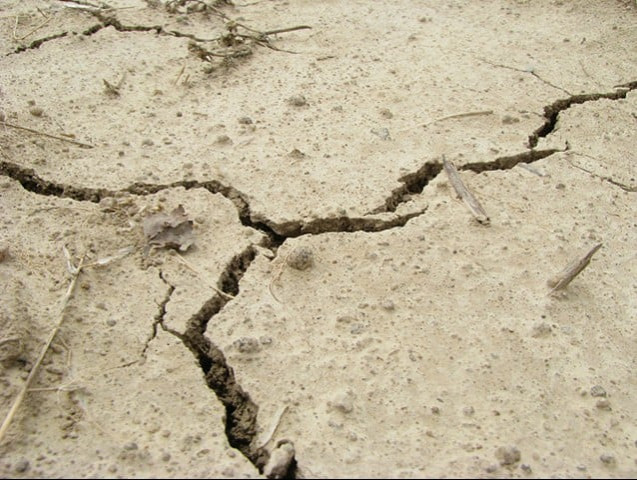Frightening tremors: Midnight quake jolts city, wakes up people
PMD, USGS differ over magnitude; PMD says their data more accurate than others’

PHOTO: FILE
Many in Islamabad and Rawalpindi spent a sleepless night after an earthquake, measuring 6.9 on the Richter scale, jolted the twin cities and other parts of northern Pakistan.
Residents rushed out of the buildings as the powerful tremors were felt at 12:17am on Saturday. At least one person was killed and dozens injured in the earthquake in Gilgit-Baltistan and Khyber Pakhtunkhwa. No casualty or damages were reported from the twin cities.
The frequent occurrence of earthquakes in recent months has frightened the residents as the dreadful memories of 2005 earthquake are still fresh in their memory. A 7.2-magnitude quake on October 26, 2015, resulted in 279 deaths in the country. Over 1,900 were injured in the quake-related incidents, mostly in Khyber-Pakhtunkhwa and Gilgit-Baltistan, according to the National Disaster Management Authority (NDMA).

According to National Seismic Centre of Pakistan Meteorological Department (PMD), the epicenter of Saturday’s earthquake was in the Afghanistan-Tajikistan border region and its depth was 197 km.
The jolts were felt in Islamabad, Rawalpindi, Bagh, Muzaffarabad, Rawalakot along with most parts of Khyber-Pakhtunkhwa. The tremors woke up residents in chilling cold. Some residents remained outside their homes in dry and chilly weather conditions, fearing aftershocks. Most were reciting kalma and verses from the Holy Quran.
Magnitude 6.9 or 6.2?
While the PMD reported the quake’s intensity to be 6.9, the US Geological Survey (USGS) recorded 6.2. This is not the first time the two organisations have given different figures. They also differed after the October earthquake this year, PMD putting it at 7.8 magnitude while the USGS reported 7.5.
USGS said the Saturday’s earthquake was centred 51 miles (82 km) southeast of the town of Faizabad, capital of the Afghan province of Badakhshan and had a depth of 203 km, rather than 197 km as reported by the PMD.
However, any earthquake measuring 6.2 or above on the Richter scale is considered strong and can cause severe damage. With harsh winter weather setting in, any widespread destruction of buildings and houses would create severe hardship.
PMD sources told The Express Tribune that Pakistan’s Seismic Centre has a fully computerised system and there is no human intervention in it and it is also located closer to the epicentre than other seismic centres including the USGS.
“Our seismic data is providing added seismic data to our computing system, whereas this data is not available to other seismic centres including USGS,” a PMD official said.
“Technically speaking, Pakistan’s seismic data should be more credible and reliable than data of other global centres,” PMD’s former director general Dr Qamar Zaman Chaudhry said.
Published in The Express Tribune, December 27th, 2015.



















COMMENTS
Comments are moderated and generally will be posted if they are on-topic and not abusive.
For more information, please see our Comments FAQ